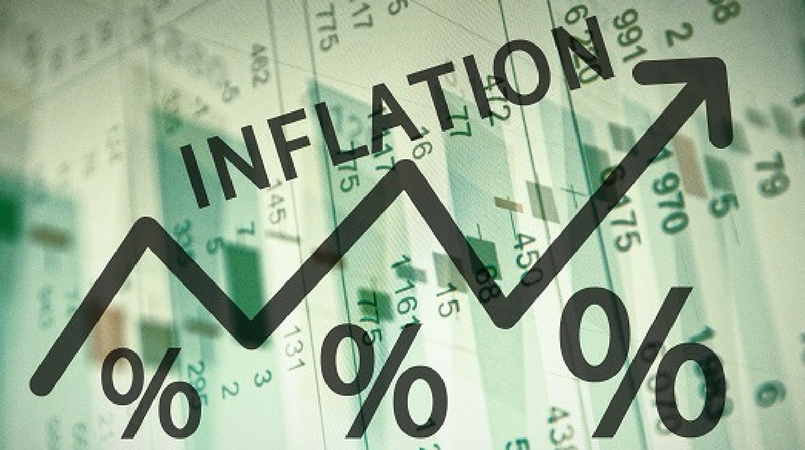
Annual headline inflation for 2018 is projected to be slightly higher at 5 percent in Papua New Guinea.
This is due to the marginal increase in imported inflation from PNG’s major trading partners and increased demand from APEC-related activities, as reported in the Bank of PNG’s Monetary Policy Statement for March.
The slight increase comes despite a downward trend in inflation from 6.6 percent in 2016 to 4.7 percent in 2017, reflecting low economic growth, relative stability in the Kina exchange rate and lower prices of seasonal food items.
According to the report, the Bank projects in the medium term annual headline inflation to be around 4.5 percent in 2019 and 4.0 percent in 2020.
Meanwhile, the Central Bank projects real GDP growth to be close to 3 percent, slightly higher than 2.4 percent in the 2018 National Budget.
This should come off the back of continued improvements in the external sector underpinned by higher international prices and production of some of PNG’s major exports, particularly mineral commodities.
However, the recent earthquake and its adverse impact on production of mineral and LNG will affect growth outlook for 2018. The full impact of this disaster is yet to be assessed.
The hosting of APEC is expected to have a positive impact on the economy, raising the profile of PNG internationally and promoting it as an investment and tourism destination.
The 2018 National Budget plans for a deficit of K1,987.2 million or equal to 2.5 percent of nominal GDP. To finance the deficit, the Government intends to raise funds mostly from external sources. This external financing will assist liquidity in the foreign exchange market.
The Central Bank report says considering these developments and projections, the Bank will maintain a neutral stance for monetary policy over the next six months, but will continue to closely monitor developments in inflation and other macroeconomic indicators and may adjust its stance as necessary.
